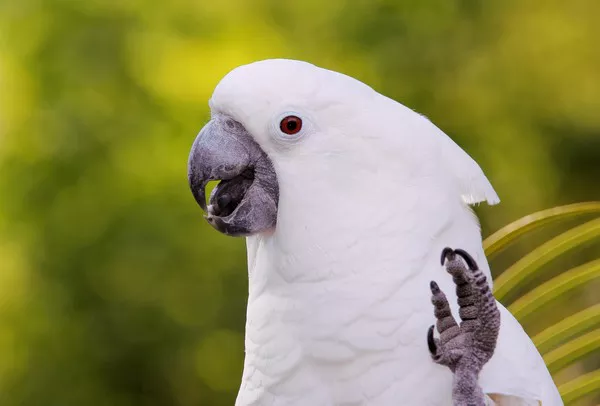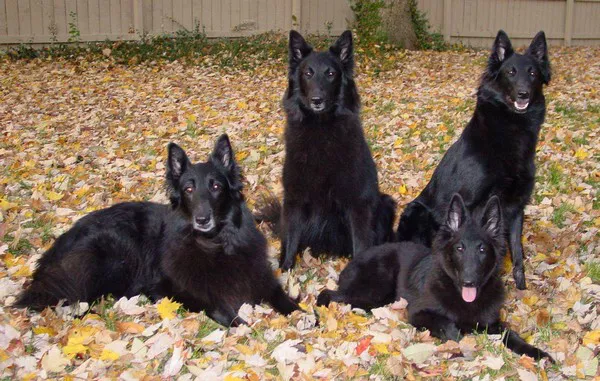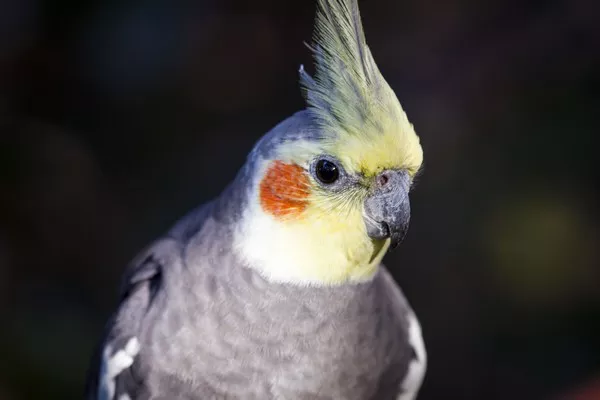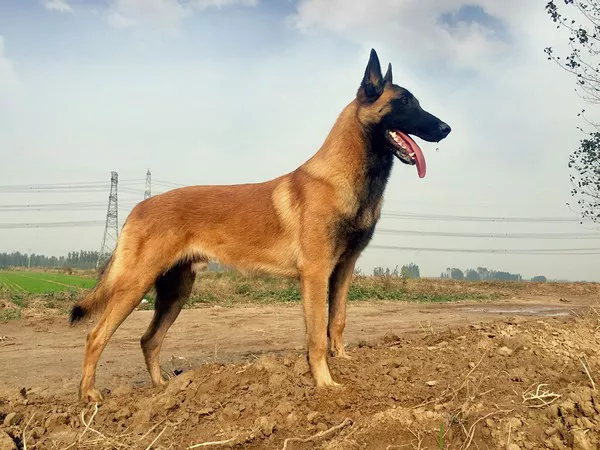The Plains hognose snake (Heterodon nasicus) is a fascinating and unique species that can be found primarily in the central United States, particularly in the Great Plains. Known for its distinctive physical features, such as its upturned snout and wide variety of behaviors, this non-venomous snake has captured the interest of both reptile enthusiasts and scientists alike. In this article, we will explore the Plains hognose snake in depth, examining its physical characteristics, natural habitat, behaviors, diet, and care requirements. Additionally, we will provide insights into the species’ conservation status and its role in the ecosystem.
Physical Characteristics
The Plains hognose snake is a relatively small species, typically measuring between 18 and 30 inches in length. Adult females tend to be slightly larger than males, which is common in many snake species. The most distinctive feature of the Plains hognose is its upturned, “hog-like” snout, which gives the species its name. This feature is not just a quirky physical trait; it is believed to play a role in the snake’s ability to burrow and forage in its natural environment.
The color pattern of the Plains hognose snake is another remarkable aspect. It displays a wide range of coloration, with individuals typically showing shades of tan, brown, gray, or olive. Many have darker markings along their bodies, which can form bands or blotches. These markings help the snake blend into its natural environment, providing camouflage against predators and prey alike. The underside of the Plains hognose is generally light-colored, often white or pale yellow, which contrasts with the darker dorsal coloration.
One of the most interesting features of the Plains hognose is its scale pattern. The scales are keeled (having a raised ridge in the center), which gives the snake’s body a rough texture. This physical characteristic may assist in its burrowing habits, allowing the snake to maneuver through soil and leaf litter more effectively.
Behavior and Temperament
The Plains hognose is generally known for its docile and calm temperament, making it a popular choice among pet owners, especially those who are new to keeping snakes. Unlike many other snake species, the Plains hognose is not particularly aggressive, and it rarely poses a threat to humans. When threatened, the snake may exhibit a series of fascinating defensive behaviors designed to deter predators or perceived threats.
One of the most notable defensive behaviors of the Plains hognose is its dramatic “playing dead” response. When it feels cornered or threatened, the snake may flip onto its back and remain motionless, with its mouth open and tongue hanging out, mimicking the appearance of a dead animal. This behavior is a defense mechanism that helps the snake avoid predators that are primarily scavengers. By appearing to be dead, the snake avoids further attention, as many predators prefer to hunt live prey rather than scavenge.
Another unique defensive behavior is the snake’s ability to hiss loudly, puffing up its body to appear larger and more threatening. If these behaviors do not work, the Plains hognose may resort to striking, although it is important to note that this species is non-venomous, and its bite is not harmful to humans.
Despite its somewhat theatrical defensive tactics, the Plains hognose is not known to be aggressive unless it feels directly threatened. Pet owners often describe the species as gentle and easy to handle, with some individuals becoming quite tame over time.
Habitat and Distribution
The Plains hognose snake is primarily found in the central United States, including regions such as Kansas, Nebraska, Missouri, and parts of Oklahoma, Texas, and the Dakotas. The snake prefers open habitats like prairies, grasslands, and agricultural fields, where it can easily find cover and food sources. Plains hognoses are often found in areas with loose, sandy or loamy soil that allows them to burrow easily. The snake may also be spotted in wooded areas, especially if the terrain includes sand dunes or open patches of land.
The Plains hognose is often a ground-dwelling species, spending much of its time in burrows, under rocks, or in leaf litter. During the colder months, the snake may enter a period of brumation (similar to hibernation) to survive the winter. Brumation is a state of reduced metabolic activity that allows the snake to conserve energy when food is scarce and temperatures are too low for normal activity.
Though the Plains hognose is not an arboreal snake, it may occasionally climb low shrubs or rocks in search of prey or shelter. However, it is most often found on the ground, where it uses its upturned snout to dig and forage for food.
Diet and Feeding Habits
The Plains hognose snake is primarily a carnivore and has a diet that consists mostly of amphibians, small mammals, and reptiles. Its ability to find and consume these types of prey is greatly aided by its unique foraging behavior and specialized snout. The upturned nose is used to dig into the ground or burrow into the soil, allowing the snake to uncover hidden prey, such as frogs, toads, and small rodents. Occasionally, the Plains hognose will also feed on bird eggs and insects, depending on what is available in its environment.
Interestingly, the snake is known for its preference for amphibians, particularly frogs and toads. The snake has developed a resistance to some of the toxins found in toads, which are poisonous to many predators. This ability allows the Plains hognose to safely consume these amphibians without suffering from their toxic secretions. This dietary preference also explains why the snake is often found in areas near water, where amphibians are abundant.
In captivity, the diet of the Plains hognose is generally easy to manage, as it can be fed a variety of prey items, such as rodents (mice or rats), amphibians, and even certain types of insects. When keeping a Plains hognose as a pet, it is important to provide a varied diet to ensure the snake remains healthy and well-nourished.
Reproduction and Lifespan
The Plains hognose is a sexually dimorphic species, meaning there are noticeable physical differences between males and females. Females tend to be larger, and their bodies are typically more robust, while males are generally slimmer and smaller. The mating season for this species typically occurs in the spring, after the snake emerges from brumation. During this time, males will compete for the attention of females, often engaging in combat, where they attempt to subdue one another by wrestling.
Once mating has occurred, the female will lay a clutch of eggs, usually ranging from 6 to 20 eggs, depending on her size and age. The eggs are laid in a warm, secluded location, often under a rock, in a burrow, or within the cover of dense vegetation. The eggs will incubate for several weeks, with the exact duration depending on the temperature of the surrounding environment. The young snakes are fully independent once they hatch and begin hunting for food immediately.
In the wild, the Plains hognose has a relatively short lifespan, typically living around 5 to 10 years. However, in captivity, where they are protected from predators and provided with a steady food source, they can live longer, often reaching 15 years or more.
Conservation Status and Threats
As of now, the Plains hognose snake is not considered to be endangered, though certain populations may be at risk due to habitat loss and fragmentation. The expansion of urban and agricultural areas has led to the destruction of much of the snake’s natural habitat, making it harder for the species to find suitable places to live and forage. Furthermore, the use of pesticides and other chemicals in farming practices can negatively impact the snake’s food sources, including amphibians and small mammals.
Conservation efforts for the Plains hognose snake are important to ensure that the species does not face significant population declines. Protection of its natural habitat, along with measures to reduce pesticide use and preserve wetlands and grasslands, will be essential for maintaining healthy populations of this fascinating snake.
Plains Hognose Snake as a Pet
The Plains hognose has become a popular pet among reptile enthusiasts due to its manageable size, calm temperament, and fascinating behaviors. If you are considering adopting one of these unique snakes, it is essential to understand their specific care requirements.
First and foremost, the enclosure should provide plenty of space for the snake to move around, burrow, and explore. A 20-gallon tank is typically sufficient for a single adult Plains hognose, though larger tanks may be required if you plan on keeping multiple snakes. The enclosure should have a substrate that allows for burrowing, such as aspen shavings, cypress mulch, or a mix of sand and soil. This helps mimic the snake’s natural habitat and provides a more enriching environment.
Temperature and humidity are also critical factors in the care of the Plains hognose. The snake requires a temperature gradient within the enclosure, with a warm side (80-85°F) and a cooler side (70-75°F). A heat source, such as a heat mat or lamp, can be used to achieve the necessary warmth. Humidity levels should be kept moderate, around 40-50%, to ensure the snake’s skin remains healthy and to prevent dehydration.
Dietary needs for a pet Plains hognose are relatively simple to meet, as they will readily accept pre-killed rodents. Juvenile snakes will need to be fed smaller prey, such as pinky mice, while adults can be fed larger rodents, such as adult mice or small rats. It is crucial to provide food that is appropriately sized for the snake to avoid choking or digestive issues.
Handling a Plains hognose snake is generally safe, but it should be done gently and with care. These snakes are not known for being aggressive, but it’s still important to approach them slowly and avoid sudden movements that might startle them.
Conclusion
The Plains hognose snake is a captivating species that combines unique physical traits, fascinating behaviors, and an interesting natural history. With its docile temperament and manageable size, it makes an excellent pet for those looking to care for a snake. However, it is important to understand its specific care requirements and the environmental challenges it faces in the wild. By ensuring that we protect the species’ natural habitat and provide proper care for captive individuals, we can help ensure that the Plains hognose snake continues to thrive for generations to come.
Related Topics:





















